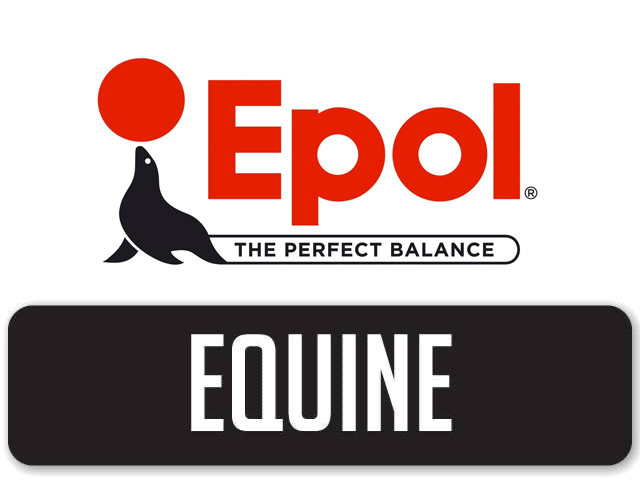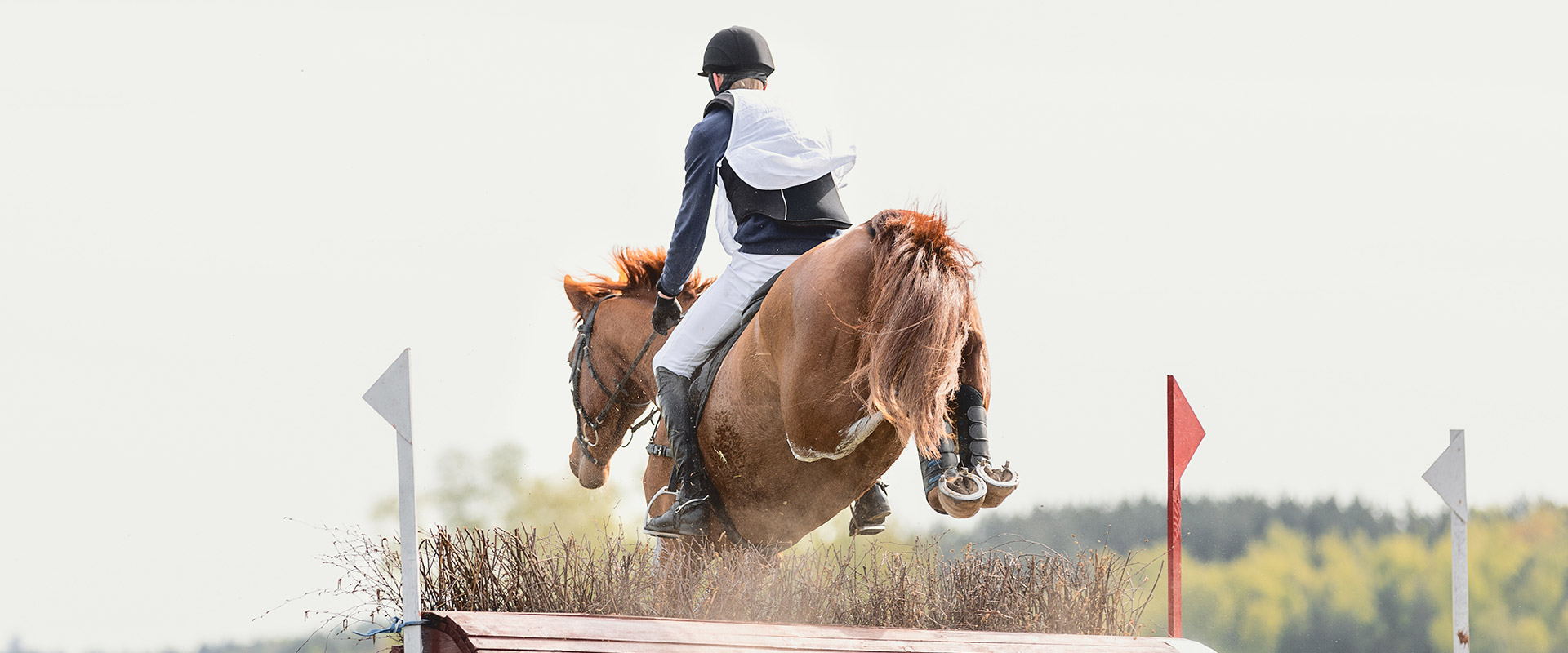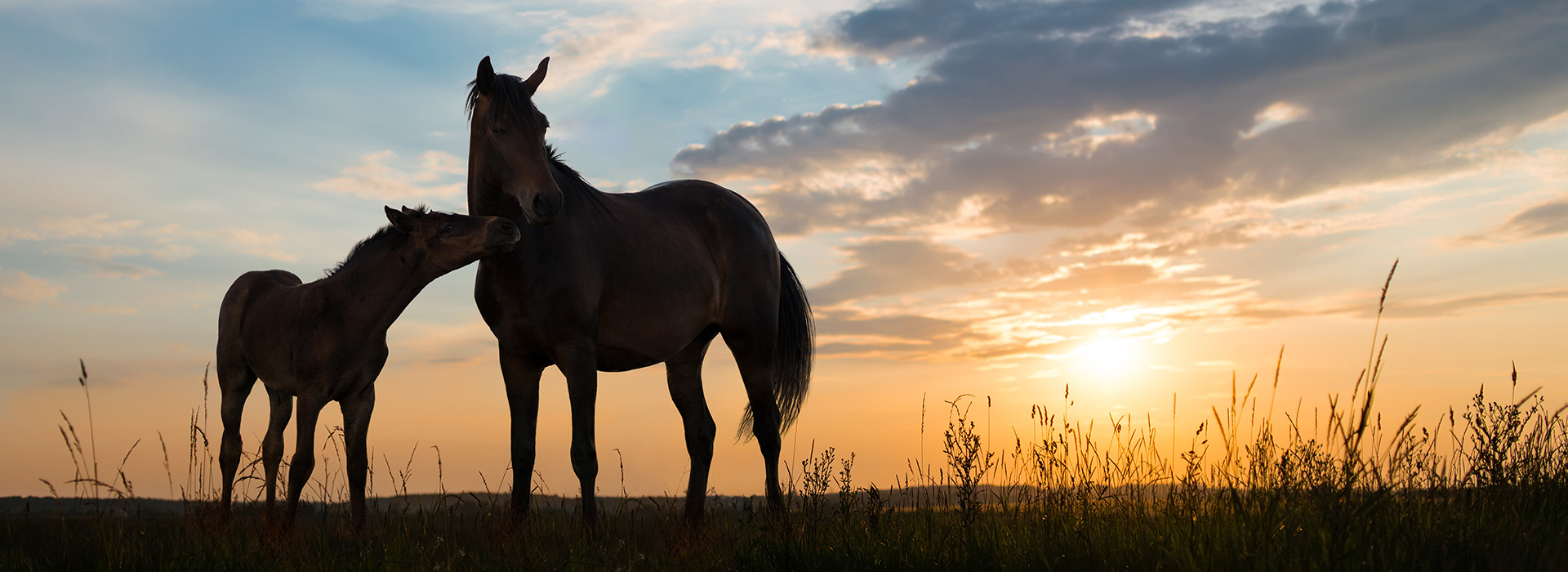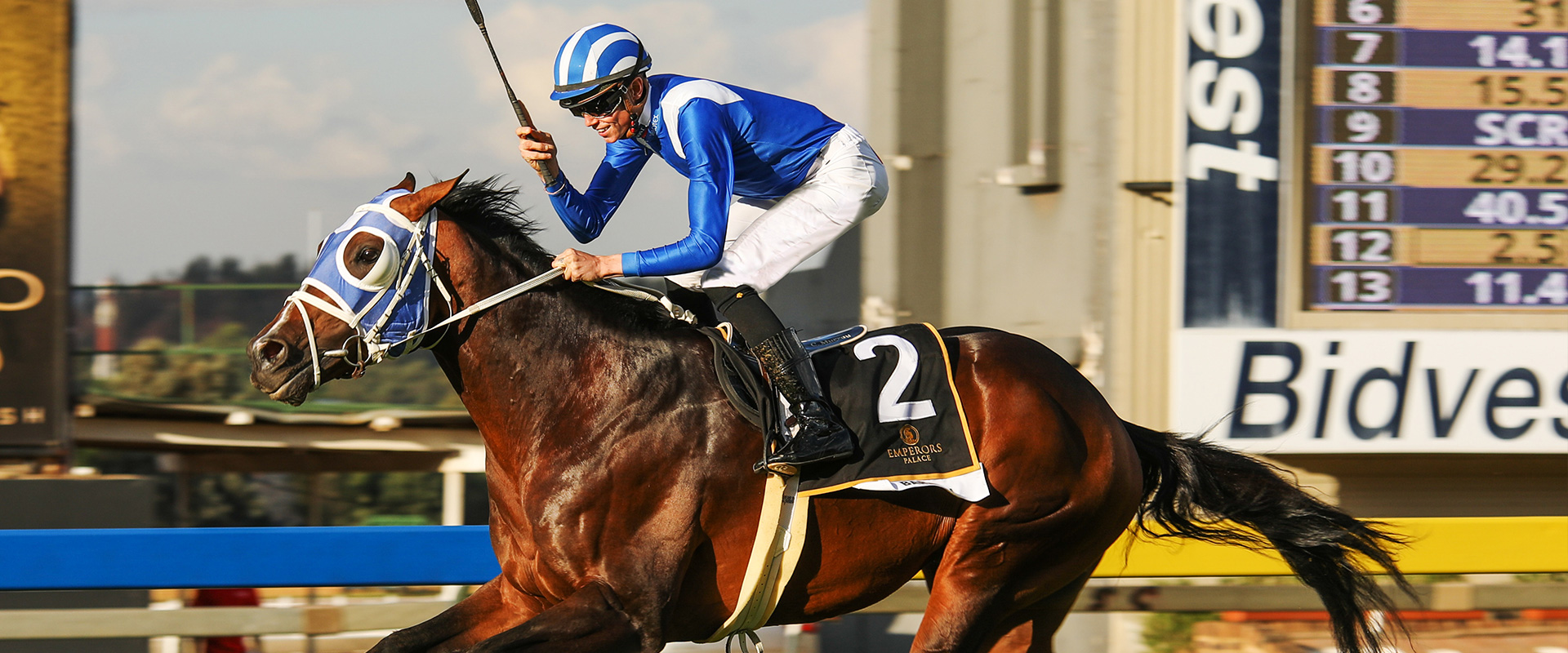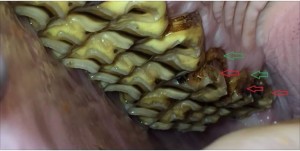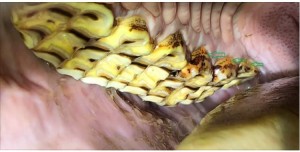Over the past 4 years a team of Dental vets in Australia have been researching the effects of diet on the horses teeth, most specifically a condition known as Peripheral Caries (basically tooth decay). There were several factors found to be significant risk factors, such as breed (warmbloods and western breed less likely to have caries than TBs), pasture access and quality (with horses less likely to have caries when on quality grazing all year round) as well as the use of Oaten hay in the diet. Horses on oat hay were almost 3 times more likely to have peripheral caries than those not on oat hay. Horse on Meadow/Rhodes hay were less than half as likely to have caries.
The pictures below are part of their findings involving Oat Hay. The horse in question had been fed exclusively on oat hay previously.
